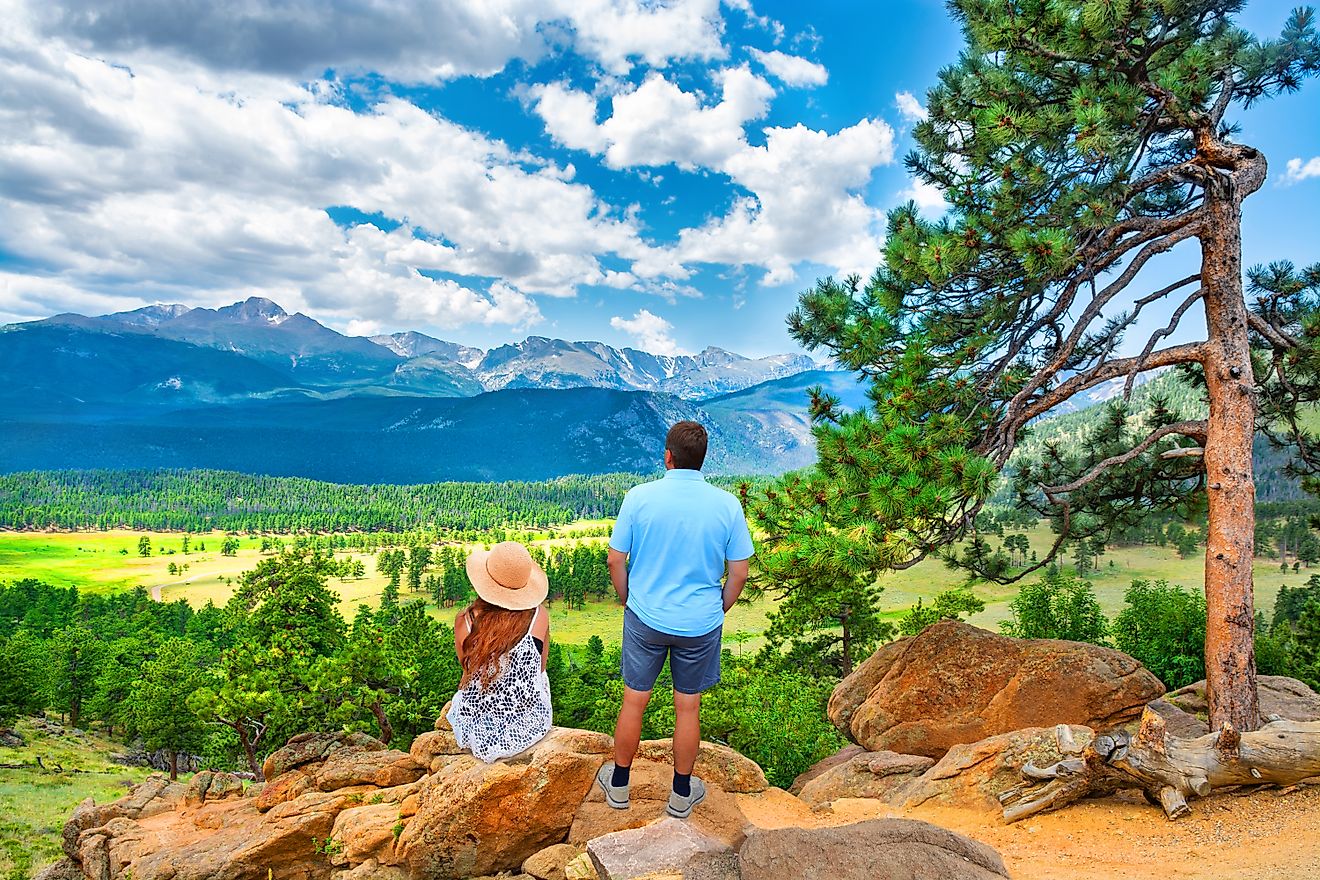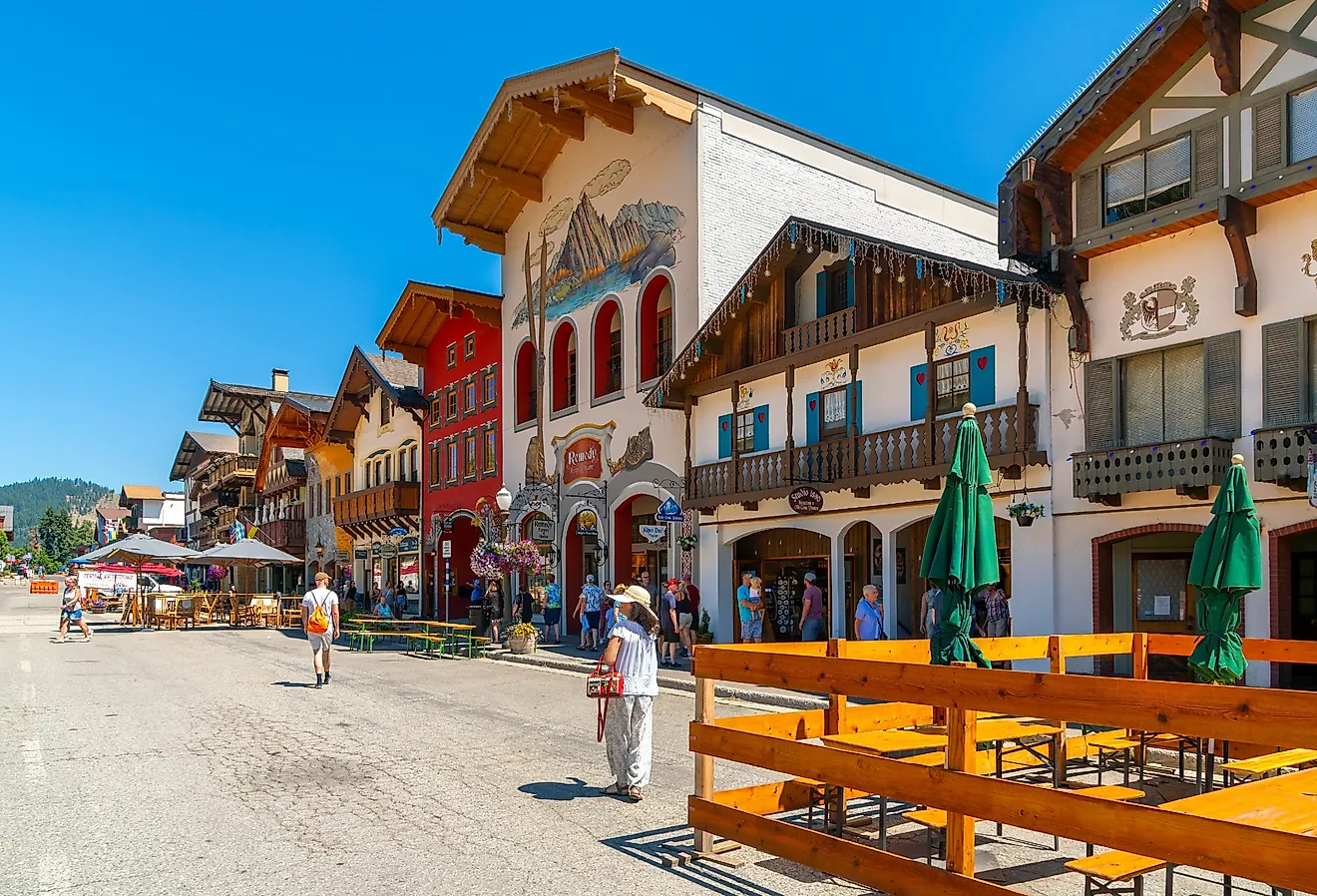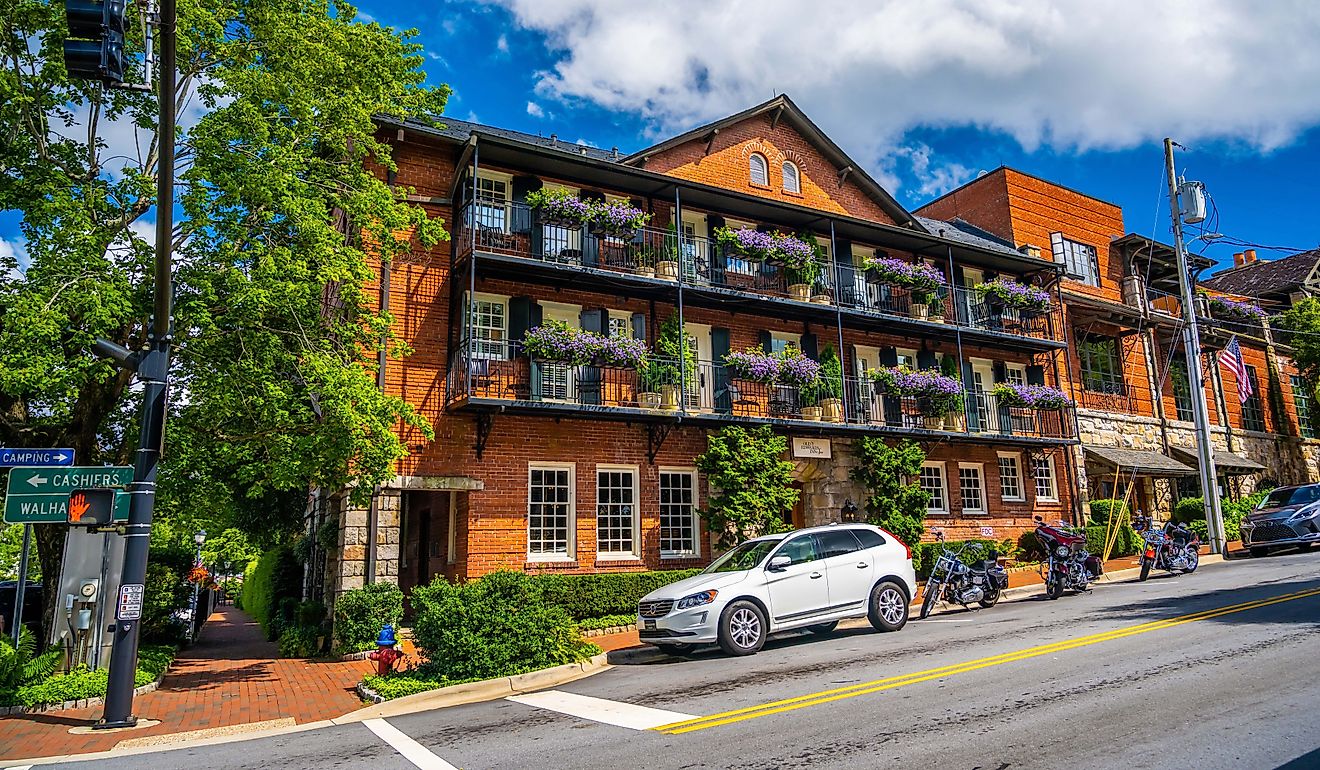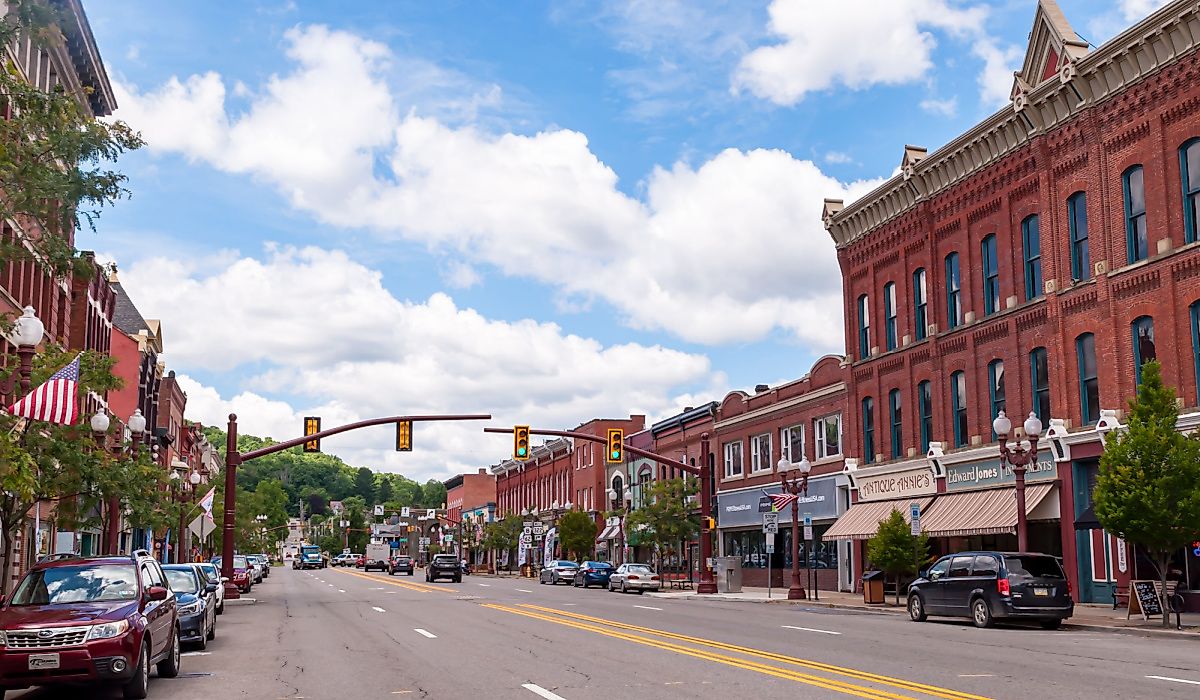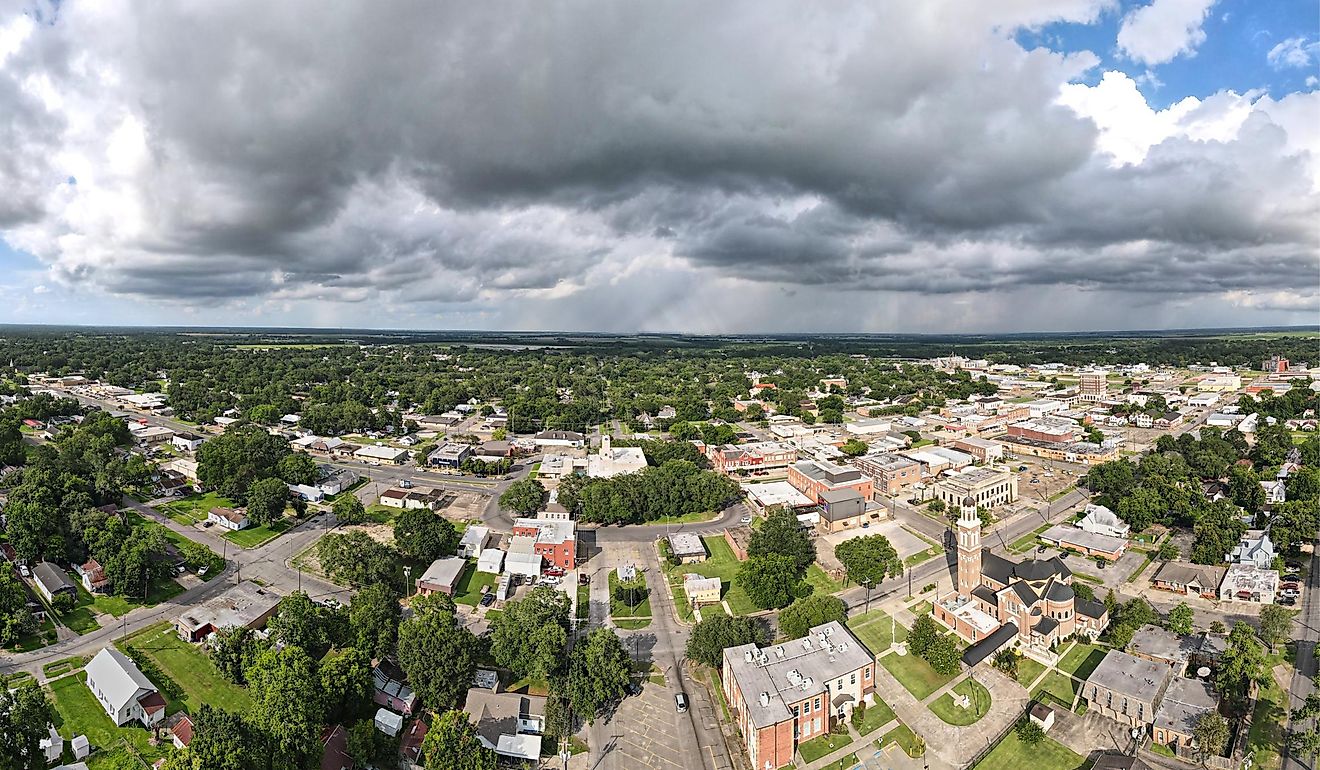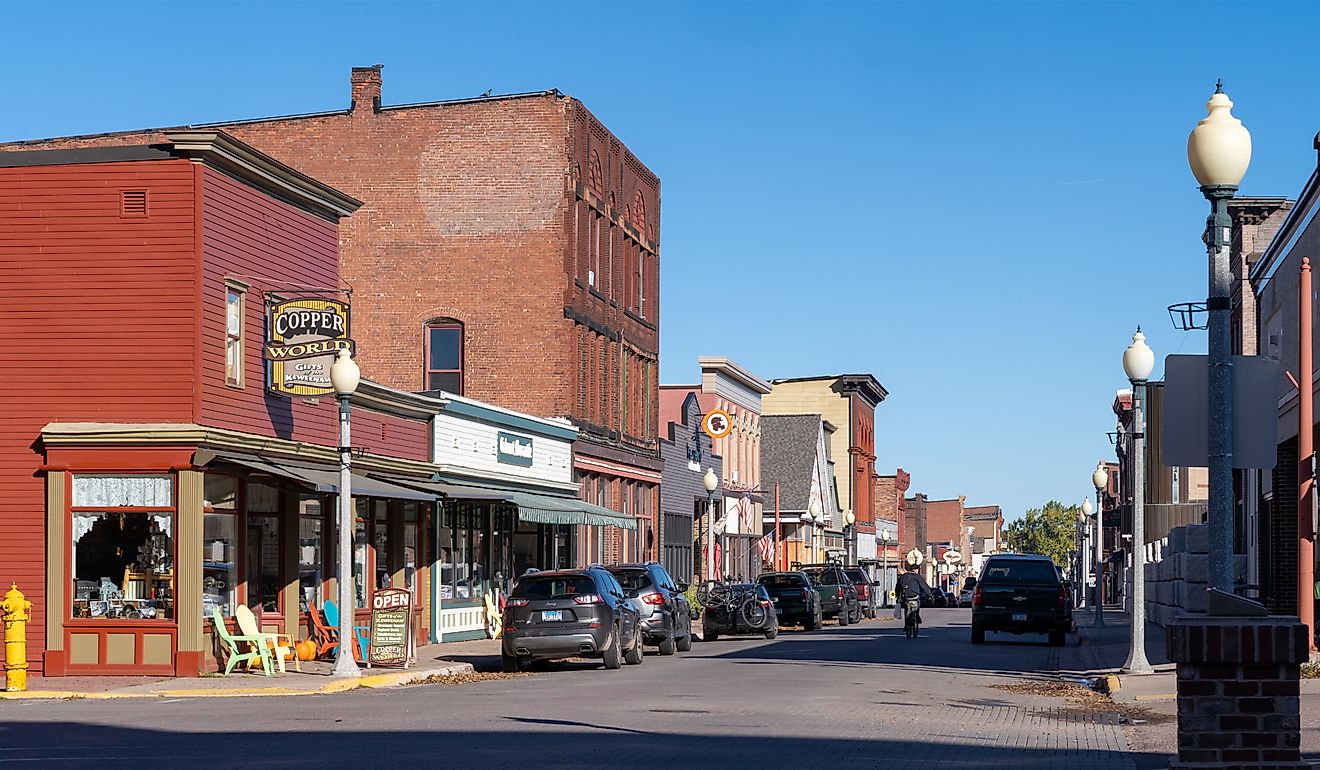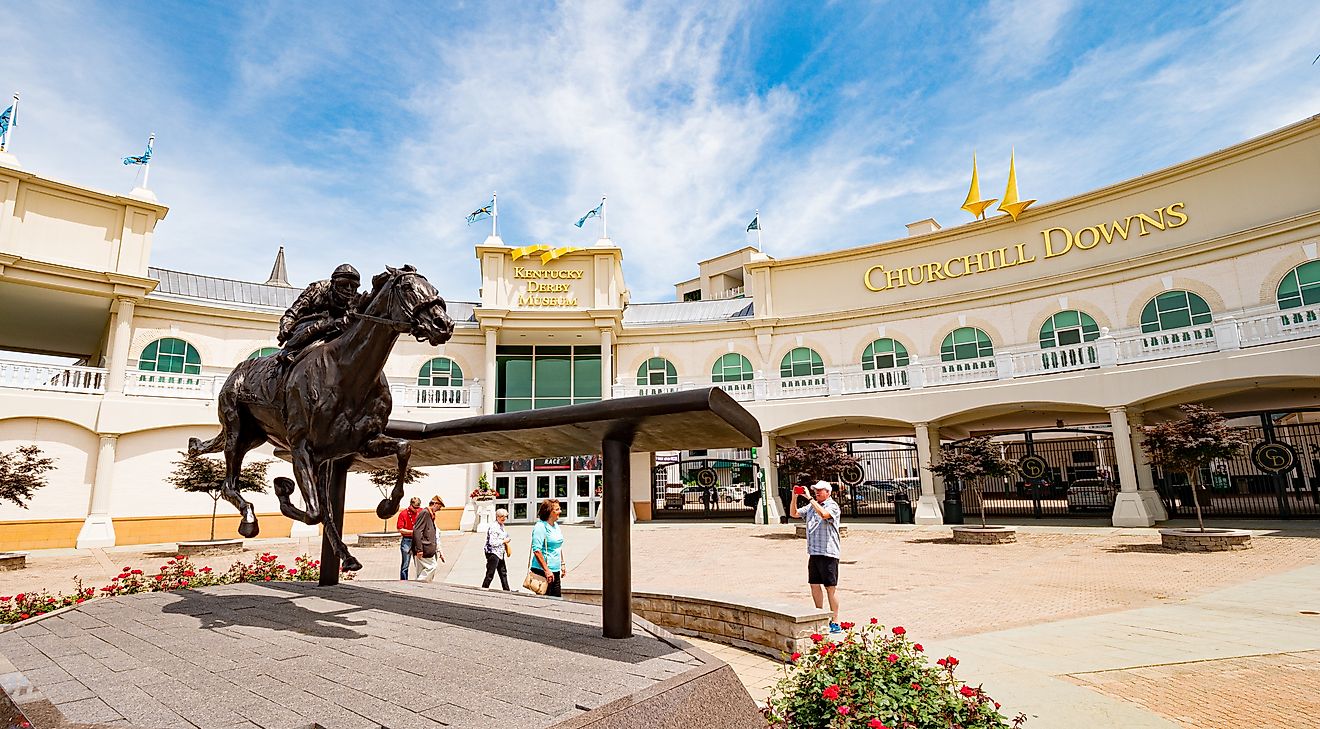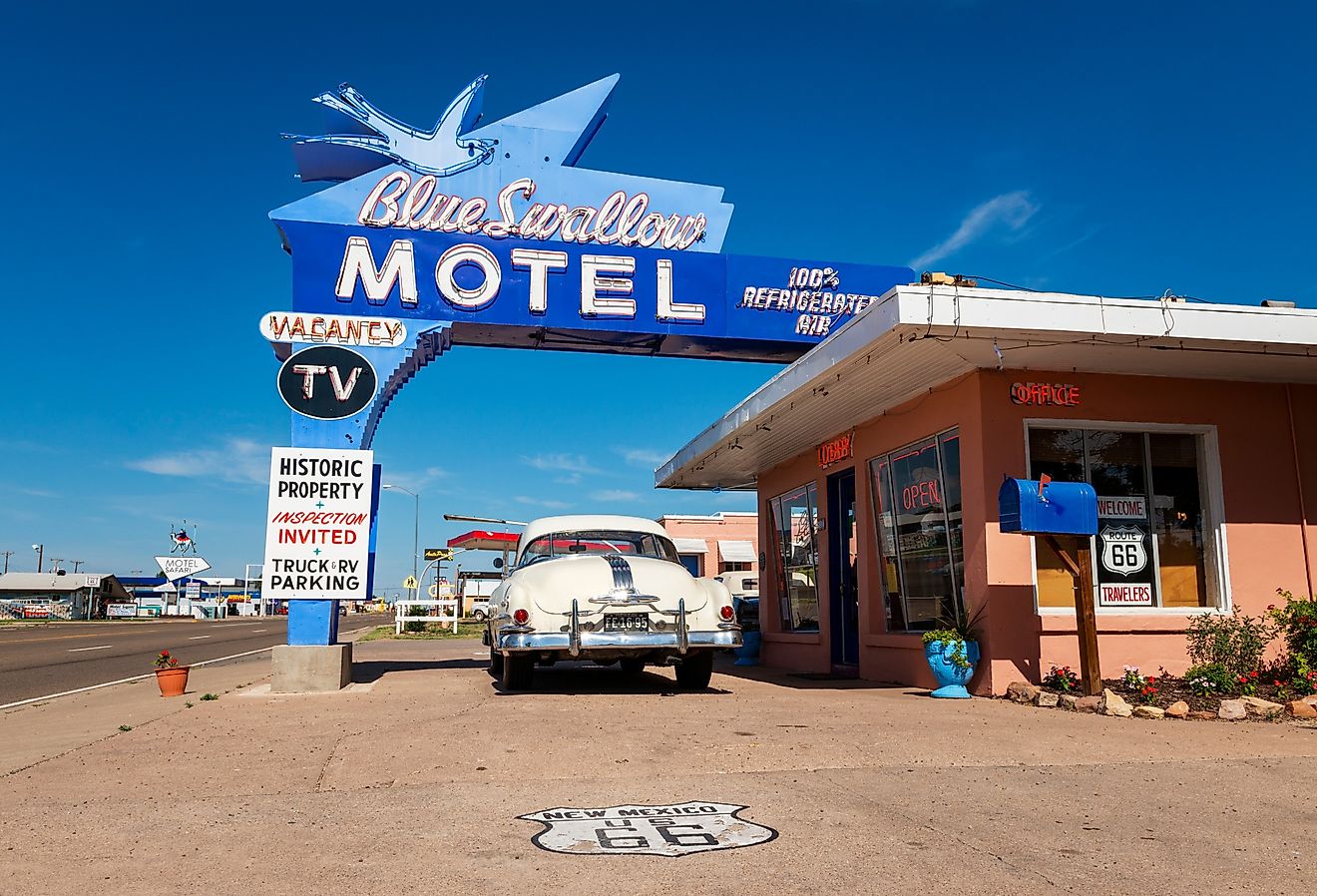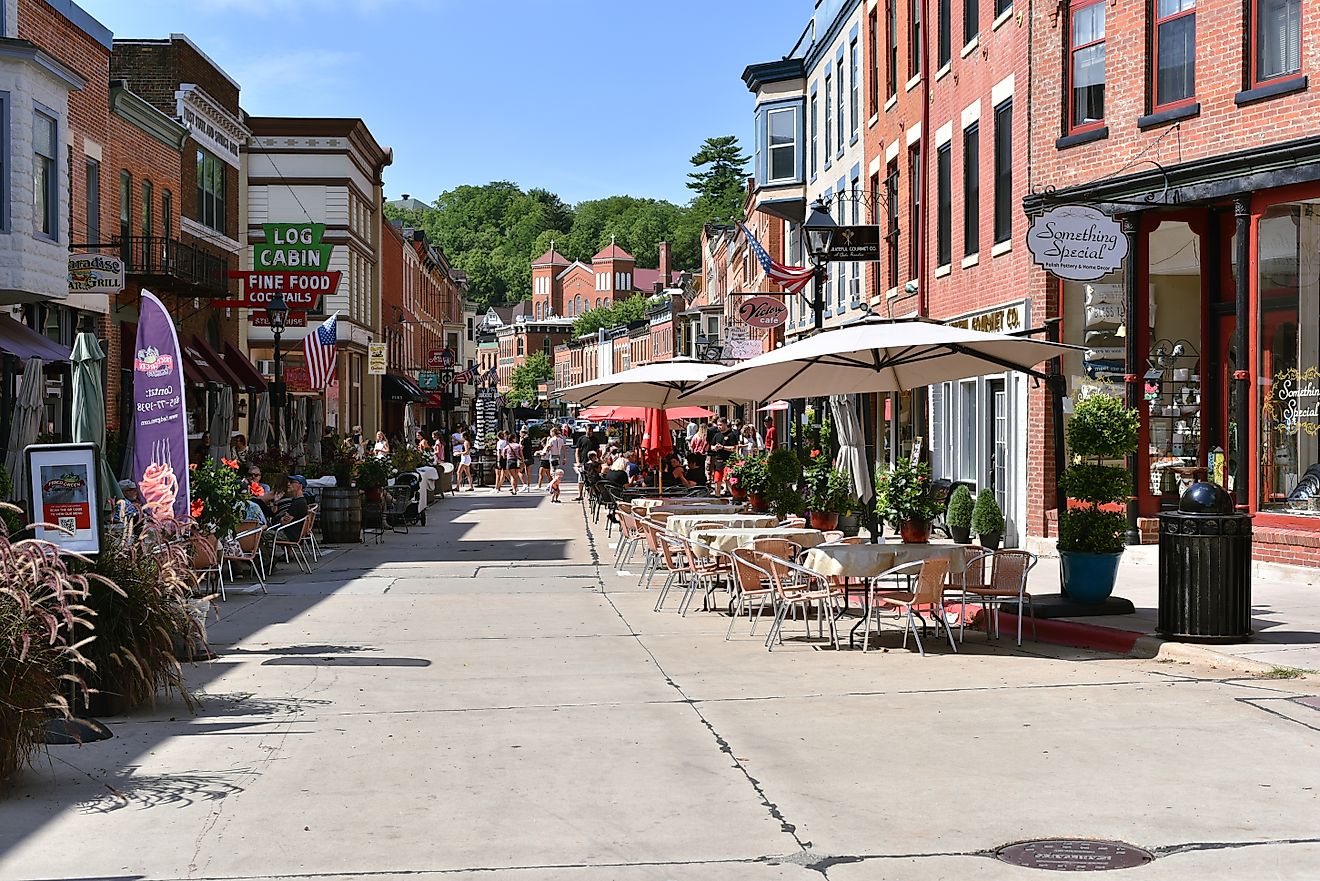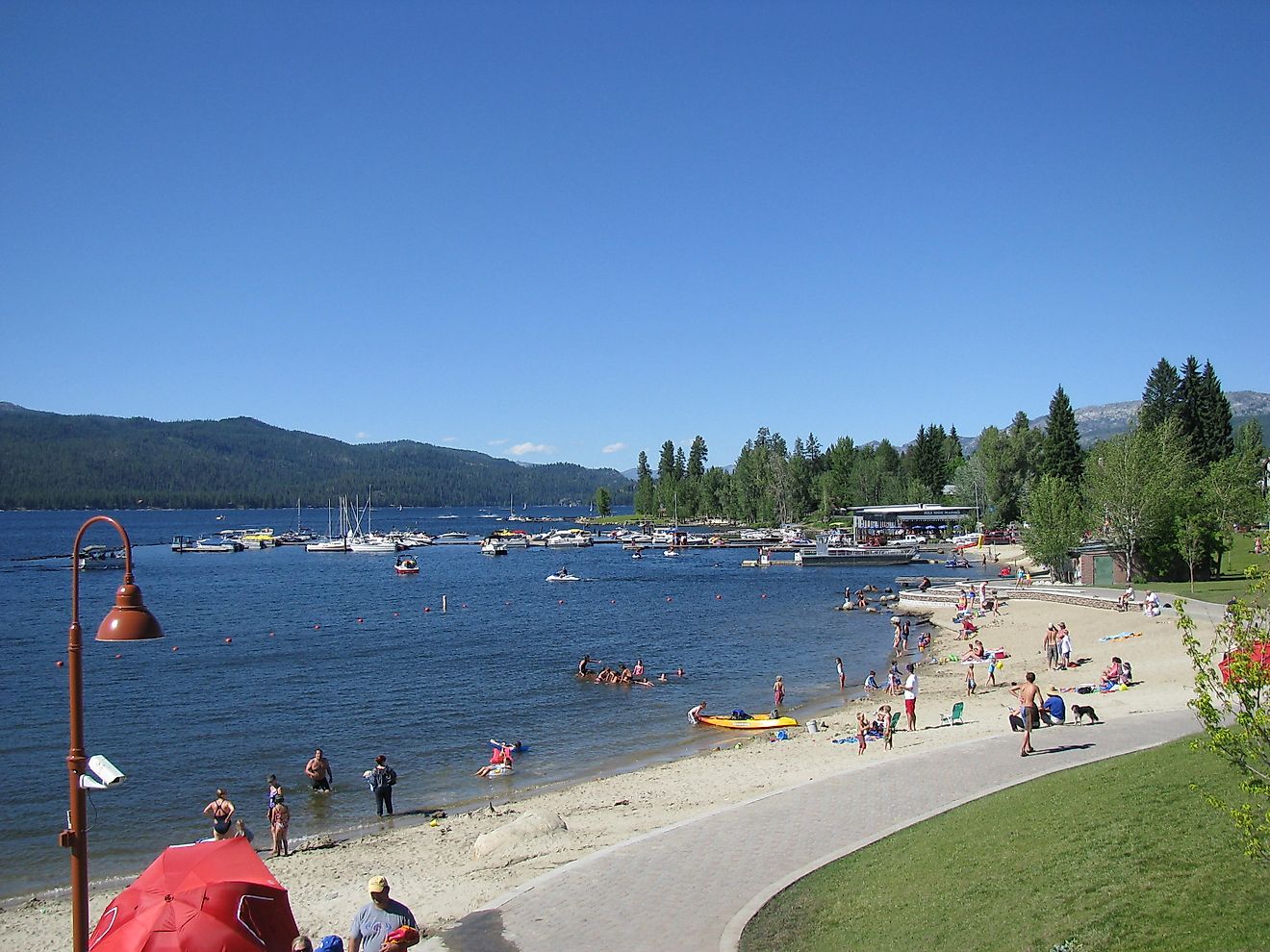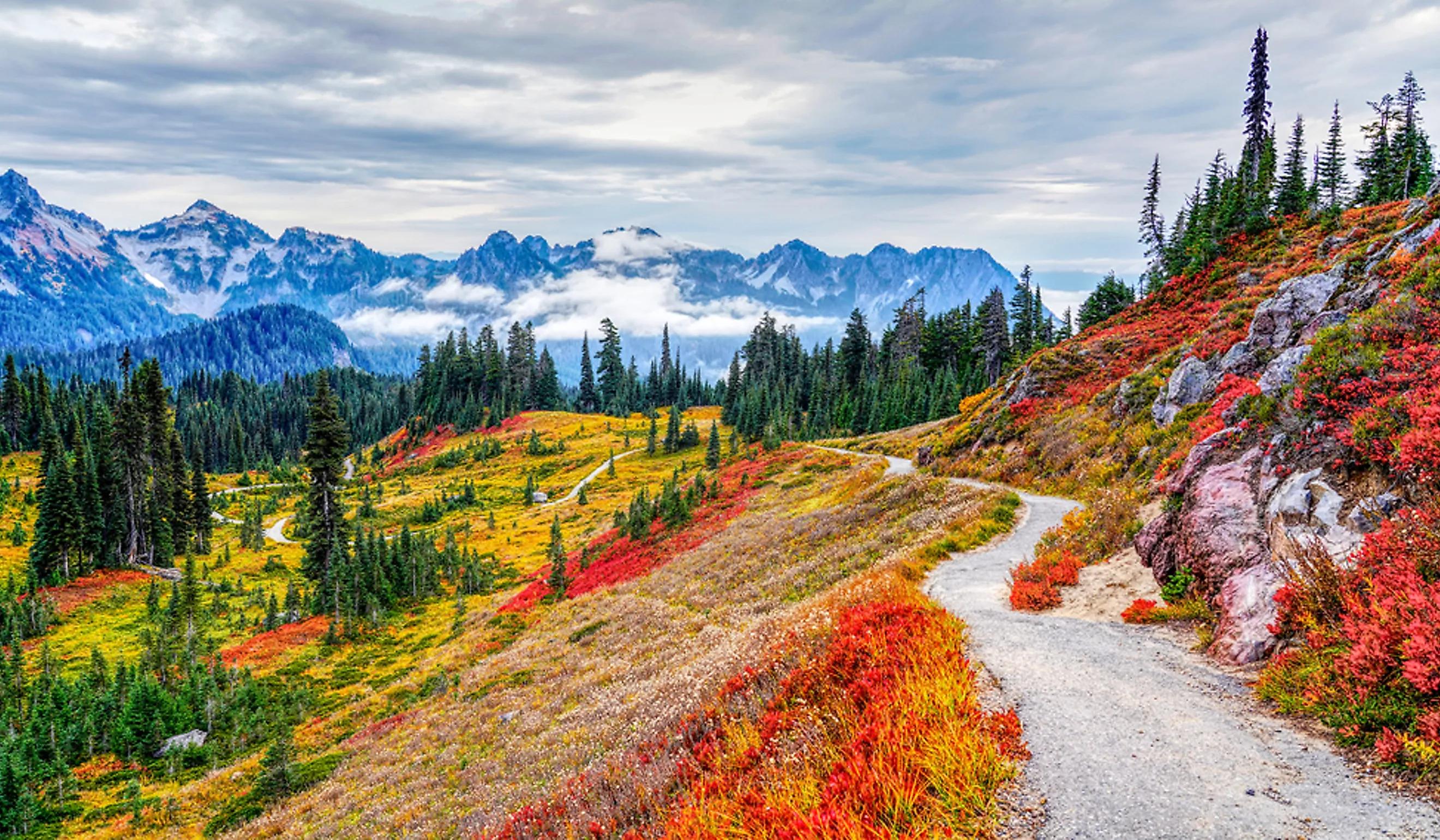
Mount Rainier National Park’s Alpine Meadows Explode With Wildflowers
To many, Mount Rainier is one of the most spectacular natural attractions in the United States. Clearly visible beyond the Seattle skyline, millions gaze upon its majestic slopes every day, but not everyone has made the journey to experience it up close. The mountain's enormous physical footprint, surrounded by miles of foothills and towering forests, is protected by Mount Rainier National Park, a protected area encompassing over 236,000 acres of pristine land.
From the woodlands below to the alpine meadows and the glacier fields higher up, the ecological diversity you can find here is staggering, if not jaw-droppingly beautiful. Today, we would like to highlight some of the most popular spots around this national park for you to consider for your next trip, whether you've already been or are intending on finally knocking it off your bucket list.
A Landscape of Notable History and Natural Landmarks Around Every Corner
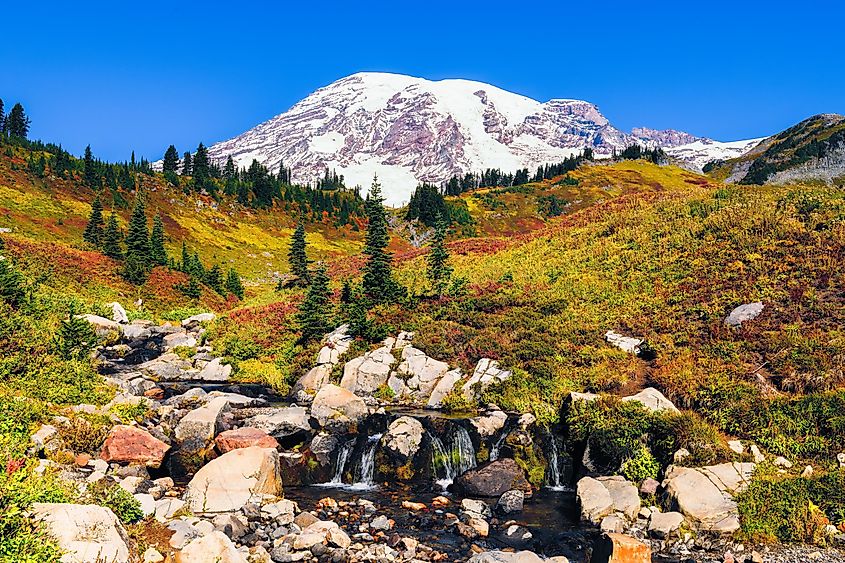
Established in 1899, Mount Rainier National Park is the fourth oldest national park in the United States and the first to be created out of a previously established forest reserve. Indigenous peoples, including the Puyallup, Nisqually, and Yakama, have long regarded the mountain, known as Tahoma or Tacoma, as sacred, with archaeological evidence indicating seasonal use of its slopes for hunting and gathering for thousands of years.
The park's namesake, Mount Rainier, is actually a 14,410-foot stratovolcano, like several others that dominate the landscape of western Washington. The mountain is part of the greater Cascade Range and, in fact, remains an active volcano, with the potential for future eruptions that could impact surrounding areas. Its location and geologic activity make it a vital subject for ongoing climate and volcanic research, however.
The 236,381 acres of land within this federally protected area include a wide range of ecosystems, from dense old-growth forests to alpine tundra at high elevations, with vast swathes of wildflower meadows located in between attracting sightseers and pollinators alike every summer.
Glacial features are also a standout element here, as Mount Rainier holds the most glaciers of any peak in the contiguous United States. Key rivers, such as the Nisqually and Carbon, originate from these icefields and flow outward, carving valleys and sustaining lush habitats downstream.
The Best Wildflower Hikes in Mount Rainier National Park
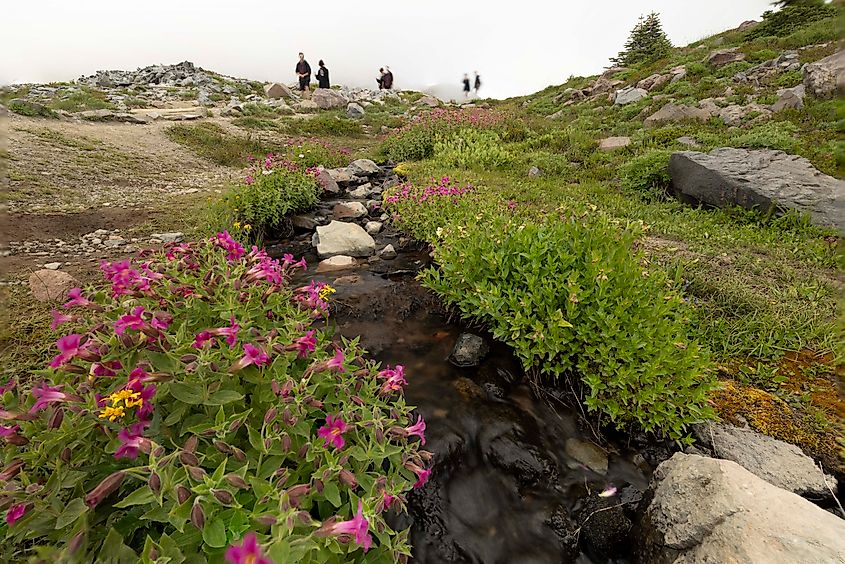
There are several trails within the park that are renowned for their vibrant displays of wildflowers at various points, particularly from mid-July to mid-August. Paradise, a popular area of the park located on the southern slope, is generally considered the premier destination for this, featuring accessible trails like the Nisqually Vista Trail, a gentle 1.2-mile loop suitable for families. A portion of the Skyline Trail is accessible nearby, too, a path that connects to the Wonderland Trail, which circumnavigates the entirety of the mountain, should you want to embark on a backcountry, multiday trip. Regardless, you can walk nearby sections of it, taking you to local landmarks like Myrtle Falls and the Stevens-Van Trump Historical Monument.

Summerland, another part of the Wonderland Trail, is an 8.4-mile out-and-back hike with a 2,100-foot elevation gain. One of the tougher ones we will be mentioning today, this trail ascends through quiet woodlands, meandering cold, glacier-fed rivers, waterfalls, and, of course, subalpine meadows, offering a huge variety of flora and scenic mountain views along the way.
On the other side of Rainier, the Sunrise Trail provides higher-elevation hikes with expansive views and slightly smaller crowds, with the Burroughs Mountain Trail giving you another option from the same starting parking lot. Berkeley Park, also starting from Sunrise, is a lesser-known trail that descends into a deep valley, interestingly causing you to walk downward for most of the first half of the hike instead of the usual increase in elevation.

Onto the northwestern part of the mountain, Spray Park, accessed via Mowich Lake, is a moderate 6-mile round trip with a 1,300-foot elevation gain. Here, you pass through old-growth forests before reaching open meadows adorned with wildflowers of all kinds spread amongst patches of lingering snow.
For current wildflower conditions and trail accessibility, look to the National Park Service's official updates online or visit one of the visitor centers.
Other Places of Interest
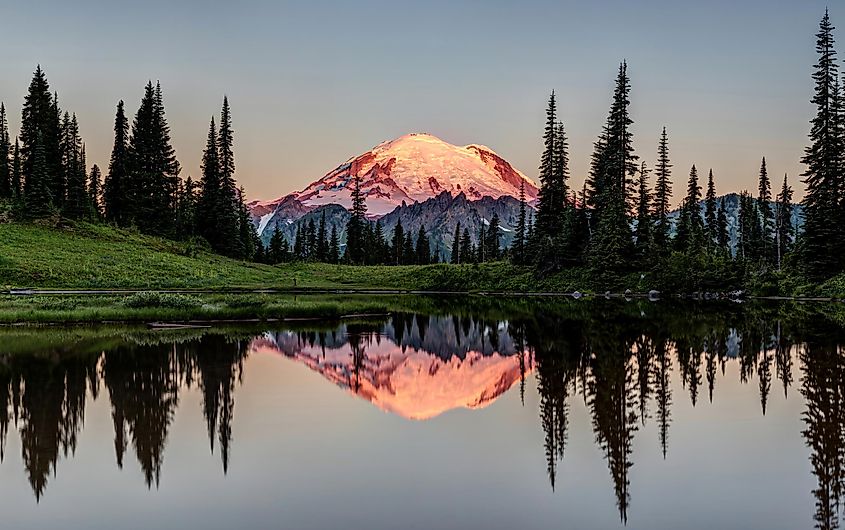
You may not be in the area in time to see the wildflowers, but this isn't a huge issue, as Rainier boasts a ton of other amazing attractions for your eyes to feast on. See if you can fit any of these other locations into the itinerary for your next outing in the park.
Reflection Lake
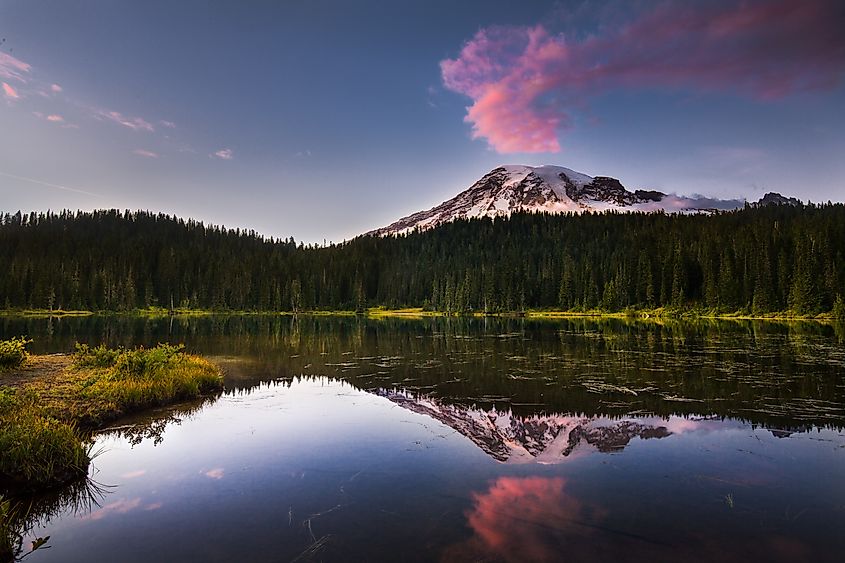
Celebrated for its mirror-like surface that reflects the mountain's snow-capped summit, this small body of water is situated along Stevens Canyon Road near the Paradise area and is very easily accessible by vehicle during summer months. Photographers and general sightseers often gather at sunrise and sunset to capture the serene beauty of the lake and its surrounding woodlands/meadows.
Nearby trails, such as the Pinnacle Peak Trail, offer additional vantage points to get a view above the lake. Also note that to preserve the natural environment at this spot, activities like swimming, boating, and fishing are prohibited.
Paradise Inn
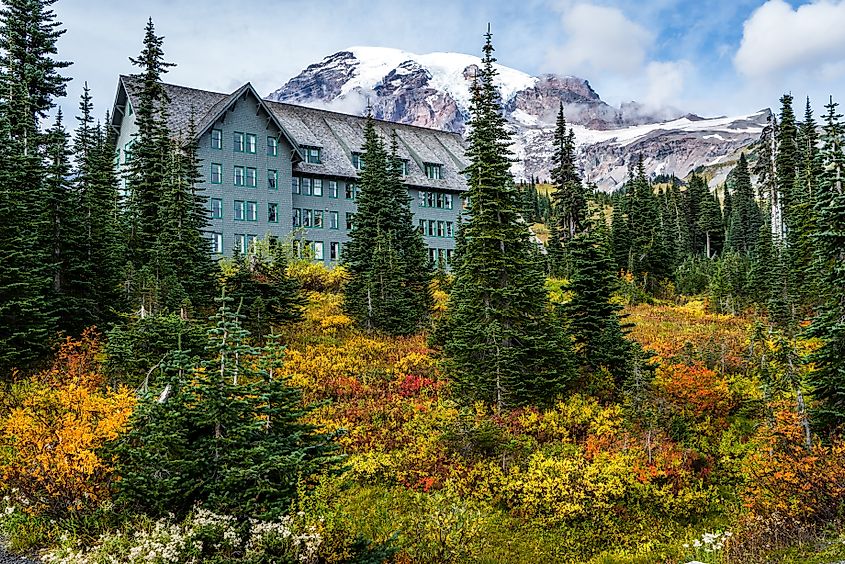
Paradise Inn, opened in 1917, is a historic lodge situated at 5,400 feet on Mount Rainier's southern slope. The inn features 121 guest rooms, intentionally devoid of modern distractions like televisions and Wi-Fi, offering you a true retreat into nature.
Its grand lobby can't be missed, adorned with handcrafted furnishings that provide a cozy setting for relaxation, whether you're a guest or just passing through before or after a hike. You can grab a bite here too, as dining options within the building include a full-service restaurant and the Tatoosh Café for lighter fare.
Surrounded by the forests, meadows, and trailheads in the aptly named Paradise area, Paradise Inn also simply serves as a convenient base for exploring Mount Rainier National Park if you are fortunate enough to book a room.
Longmire Museum
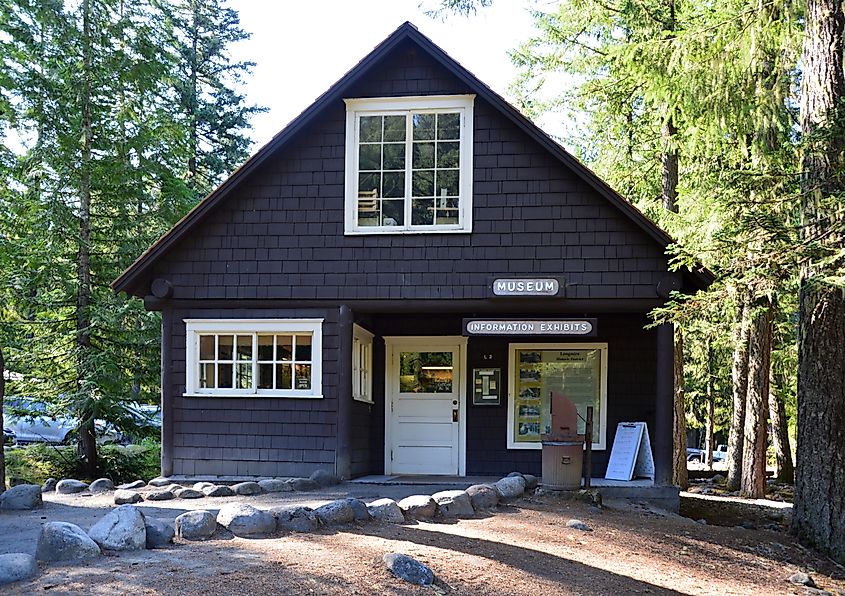
The Longmire Museum, located near the Nisqually Entrance at the southwestern portion of the park, is a year-round visitor center featuring exhibits on the park's natural and cultural history. As one of the oldest museums in the whole National Park System, it boasts a very well-curated collection of displays on geology, wildlife, and the storied development of America's parks.
You can explore historical artifacts, maps, and natural science demonstrations that prepare you with interesting facts and knowledge before diving deeper into Rainier. The museum also contains a small gift shop with books, maps, and souvenirs, and rangers are available to answer questions and provide current information on park conditions.
Mt. Fremont Fire Lookout
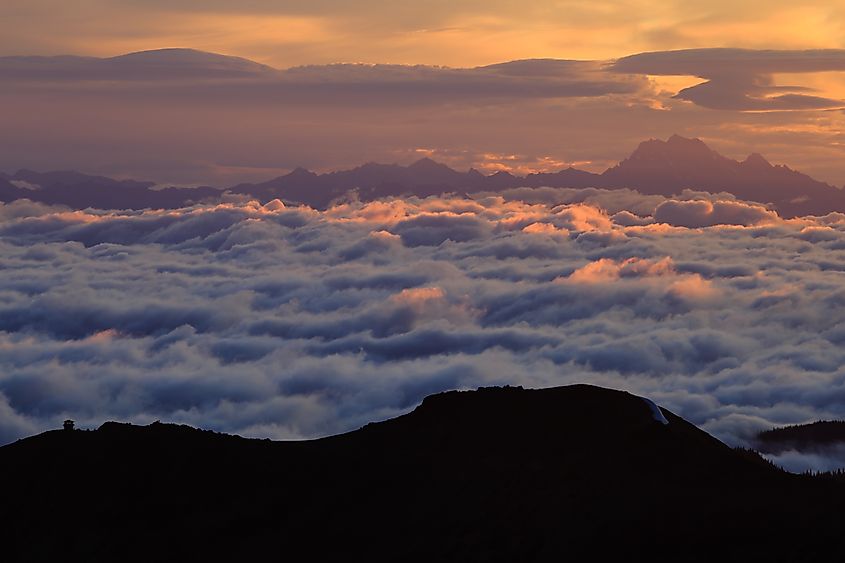
Perched at a lofty 7,181 feet, this is the highest of the four remaining fire lookouts in Mount Rainier National Park. Constructed in 1934 with assistance from the Civilian Conservation Corps, today it exemplifies the National Park Service's classic, rustic architectural style. The lookout is so iconic that it was listed on the National Register of Historic Places in 1991.
The 5.6-mile round-trip trail to the lookout begins at the Sunrise Visitor Center, leading you along rocky ridges and incredible mountainous scenery. Upon reaching the lookout, you will be rewarded with panoramic views of Mount Rainier, Grand Park, and the Cascade and Olympic mountain ranges on a clear day.
Come for the Blooms, Stay for Everything Else
Although the wildflowers of Mount Rainier are indeed spectacular, with many visitors coming just to see them, the park offers so much more. While using the meadows as a scenic backdrop, it'd be a shame if you don't also go for a nice hike, visit a local museum, or spend the night either in a world-class lodge or one of several nearby campgrounds. Whatever your plans may be, we're sure it won't be hard for you to fill up a day or two of fun and adventure in this top-tier national park.

